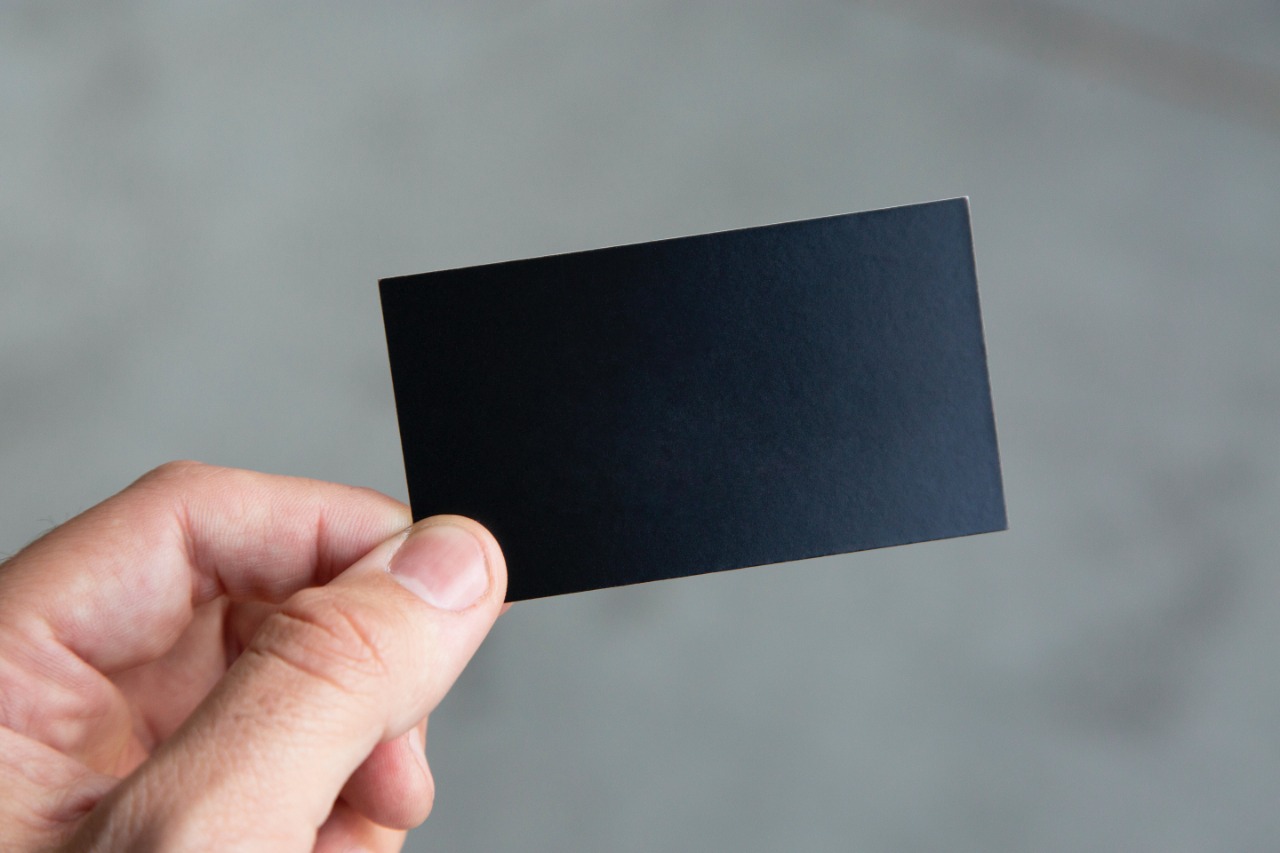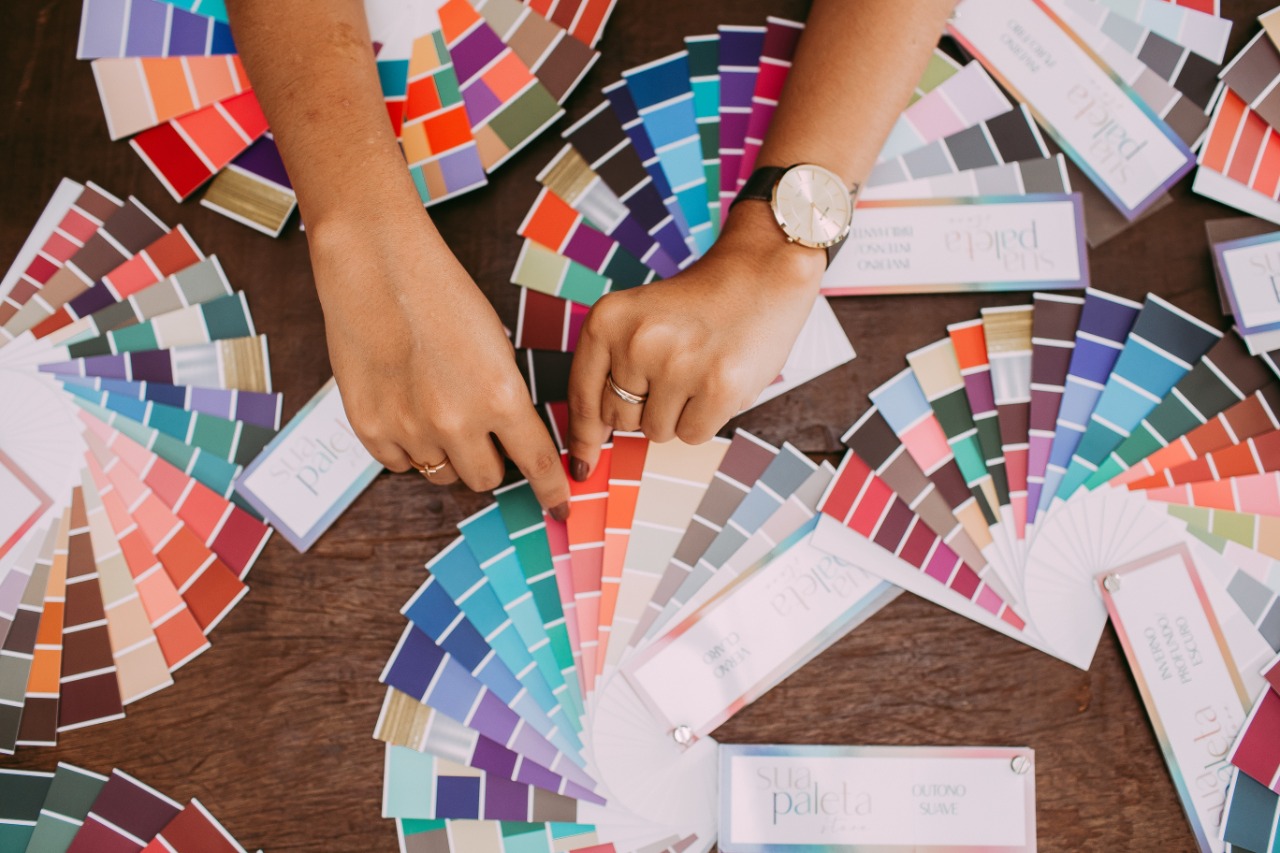
No matter what industry you work in, networking is a quintessential aspect of any business. In the past, this used to involve meeting someone, finding out they have a need that your business can satisfy and handing them your business card. But in the 21st century, where everything is online, it’s rare to get a tangible object like a business card handed to you. When you do, however, it really makes an impact. Especially if it’s beautifully designed and printed on good-quality paper.
In addition, the tangible aspect of a business card can make your brand more memorable. The receiver will be reminded of your business when they find your card in their wallet, or on their office desk. In contrast to a virtual banner ad or a marketing email, which is more easily forgotten.
If you’re hoping to gain the added professional edge of having a business card for your brand or business but aren’t sure where to start or what to include, read on to find out what makes a GREAT business card.
What makes for a great business card?
What info must be on it?
When designing a business card, you should include:
- The company logo
- Your name and surname
- Job title
- Email address or telephone number
- Company website
- Company physical address
Although including this information on business cards is the norm, it isn’t compulsory to include all of it. In fact, if you want to really make an impact, consider including a quirky one-liner related to your business or even a quote. A creative might include something like this: “An especially gifted procrastinator who occasionally uses words in the correct order”.
If you’re an artist, you might consider including a sketch or animation on your business card, or if you’re a designer or copywriter, including a link to your portfolio could also be an idea. Medical professionals or lawyers, where qualifications are particularly important, require that you list your degrees and where you obtained them.
What design guidelines are there in terms of colour and fonts?
In terms of colour, deciding whether to opt for a monochromatic colour scheme for your business card or include a bit of colour will depend on the type of business and what kind of vibe or attitude you want to display. It’s also important to maintain brand consistency throughout your brand collateral - if your business card looked completely different to your social media pages and website, it would cause disparity and confusion.
An accounting or law firm with high-end clientele that wants -a professional look and feel to their business cards might want to consider sticking with neutral hues and colours like dark blue, which represents trust and authority.
On the other hand, while creative professionals might want to overdo it with colour, it's important to avoid inadequate or poor use of colour. For instance, it’s sometimes difficult to read when certain colours are placed together such as a red font on a green background, or vice versa, as these colours appear at opposite sides on the colour wheel. Additionally, too many colours can overwhelm people.
 Image source: Unsplash
Image source: Unsplash
Just as you would match your use of colour to the type of business you have and the kind of message you want to send across, the same goes for fonts.
Serif fonts usually convey a more formal and professional tone, while sans serif fonts can be more casual and laid-back, although this isn’t a hard-and-fast rule. As mentioned above, it’s important to be consistent with your branding so when picking a font for your business card it’s best to go with the same font family that you use in other brand collateral.
Read more: 10 Creative Fonts For Your Next Design Project.
Add a QR code to make it relevant to the digital age (or other elements)
Just because you’re handing someone a physical item, doesn’t mean that you are completely negating the fact that much of our lives, including how we interact with each other, exist online.
Business cards can be a great way to direct customers to your website or online portfolio by including QR codes on them that link to these digital channels.
Top tip: If you’re in eCommerce, you could include a unique discount code that they can redeem online. Try using tracking codes to help you keep track of whether this marketing technique is working
What shape and size are best?
Business cards are usually rectangular in shape and the standard size is 90 x 50mm. This is because it neatly and easily fits into a wallet or pocket.
However, if you own a creative business and or you just want to make a statement, you could opt for a different shape.
A circular-shaped business card is rarely seen and really makes a statement. It could be a good option for a record shop owner, for instance. Other examples could be a die-cut leaf-shaped business card if you own an eco-friendly business, or maybe even a hairdryer if you’re a hairdresser.
Image source: Etsy
When designing a business card, you could even make it dual-purpose, increasing its lifespan. A beauty-salon business could have a foil backing that could be used as a small mirror, or a liquor distribution company could have a cutout that can be used if the substrate is a metal.
Image source: RockDesign
What type of material is best?
The traditional choice is obviously to print your business cards on card. The standard thickness is about 350GSM - 400GSM.
However, printing technology has advanced since the first business card was handed over. They can now be printed on a wide range of substrates, including plastic, metal, or wood. Again, whatever option you choose, make sure it ties in with your brand.
Printing business cards on different kinds of materials can look cool and unique but it’s also important to ensure that it’s practical and makes sense for the type of message you are trying to get across.
Key Takeaways
When designing any form of brand collateral, whether online or print, it’s always important to make sure you have a strong brand personality and that you are able to convey it to potential audiences so that they won’t have to guess what your business is or what it does. When designing a business card, colour, typography, shape and form are all at your disposal to get your brand message across and make an impact.
If you want a beautifully designed business card that represents your brand or business effortlessly,
take a look at our online store 👉 here or get in touch with us.

